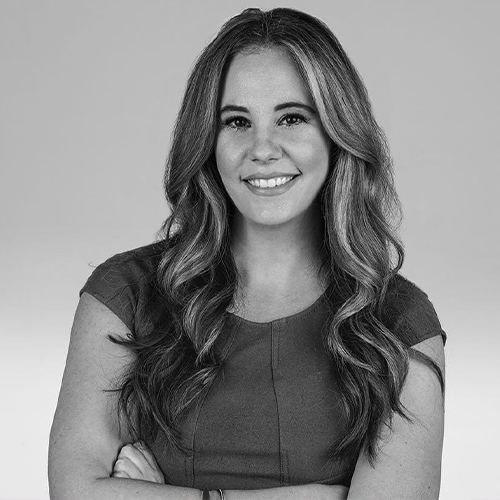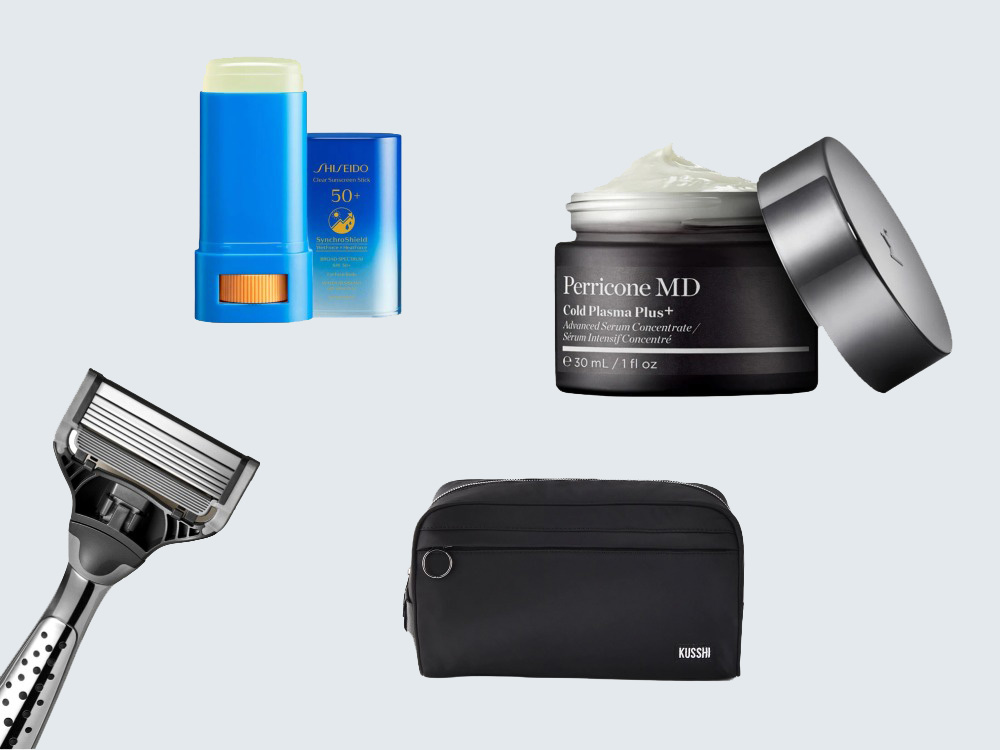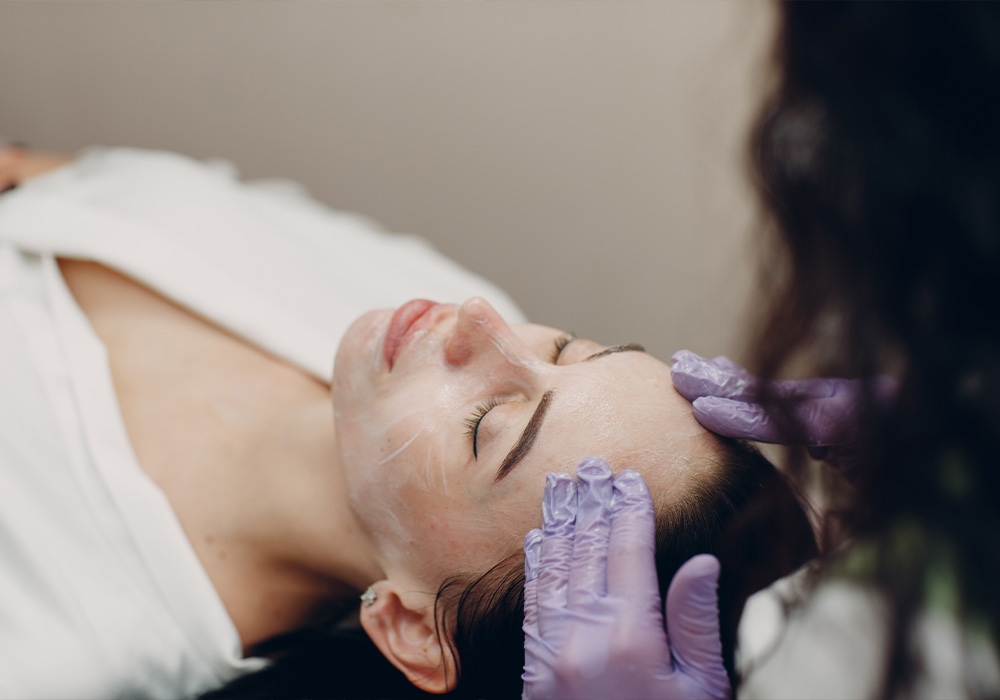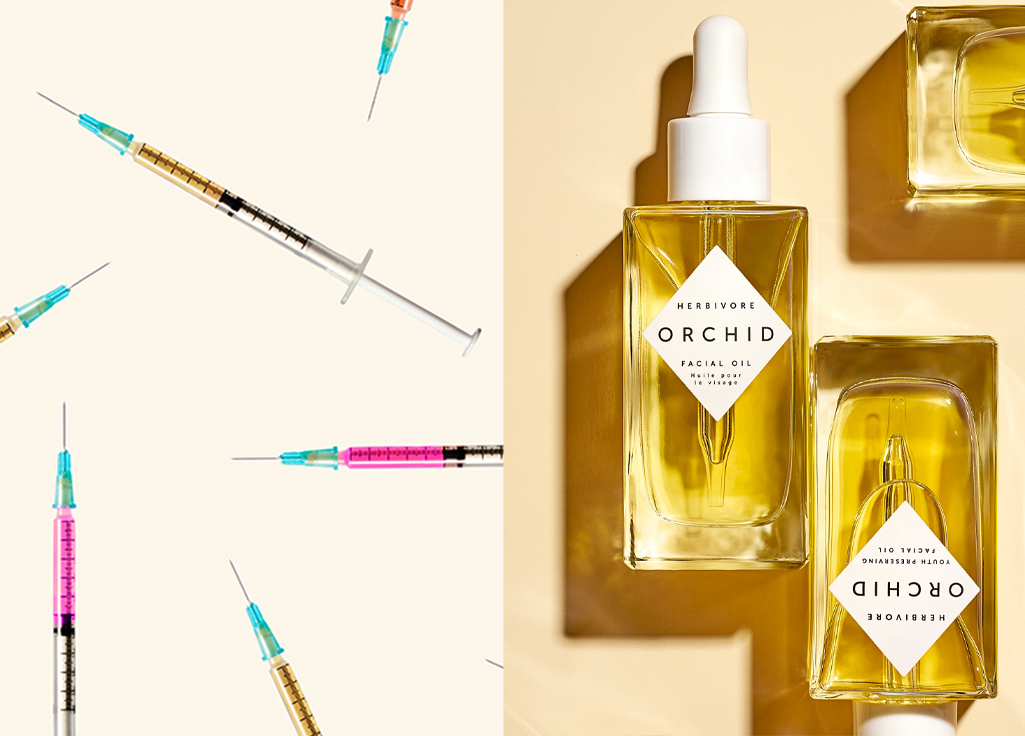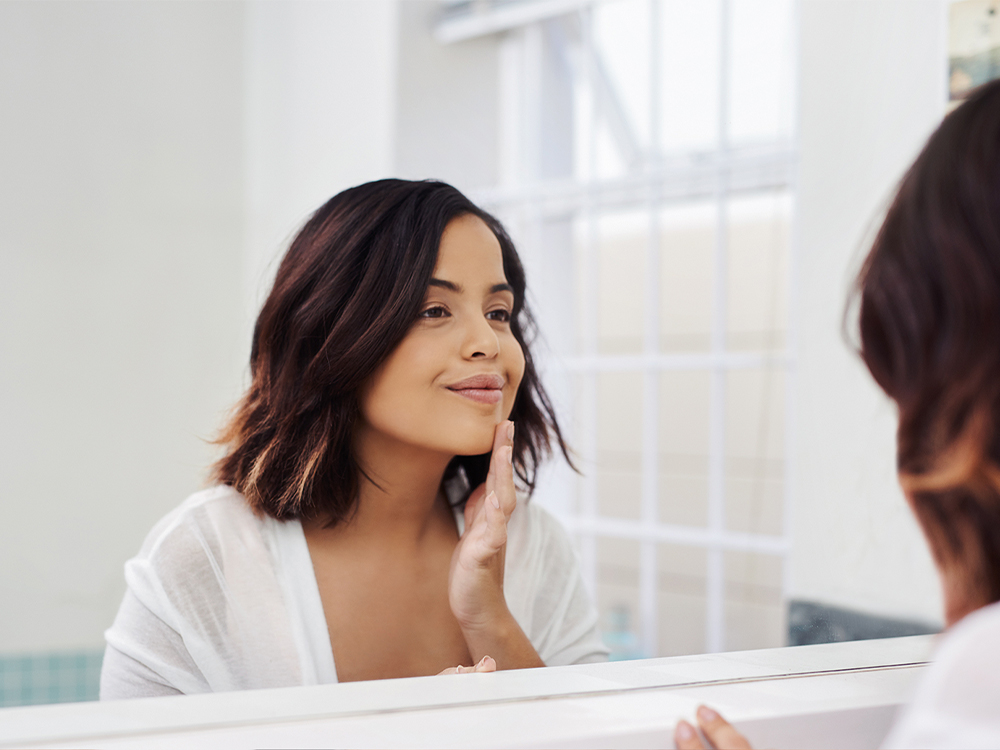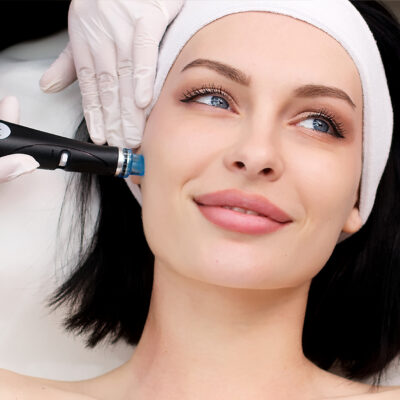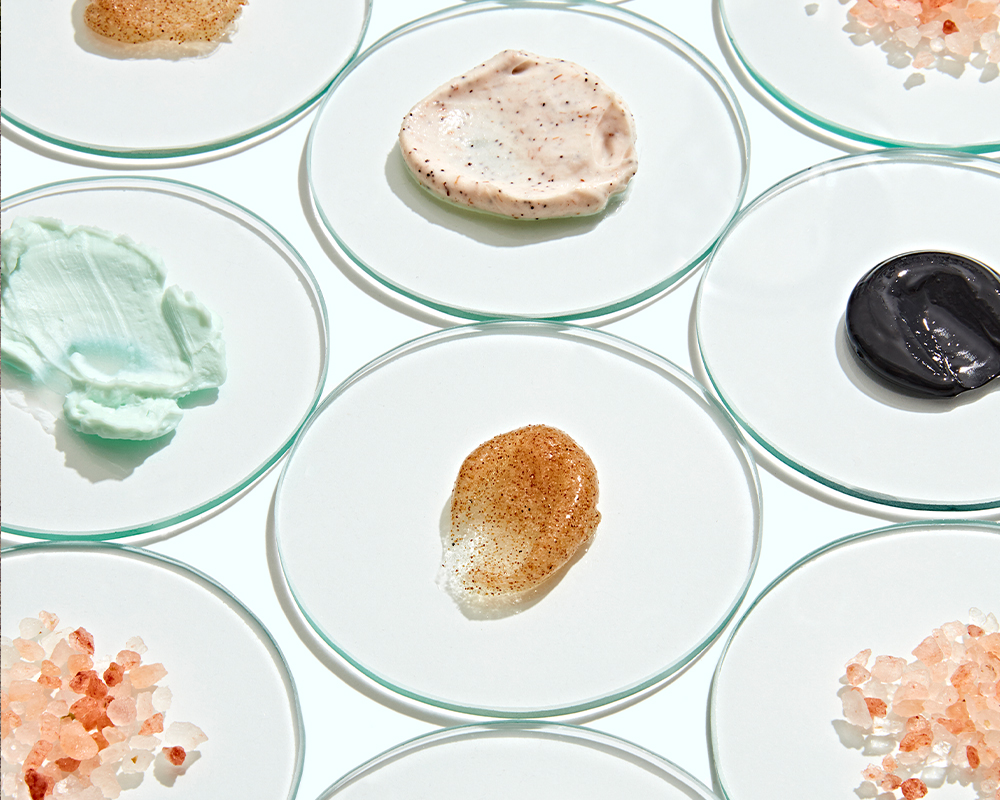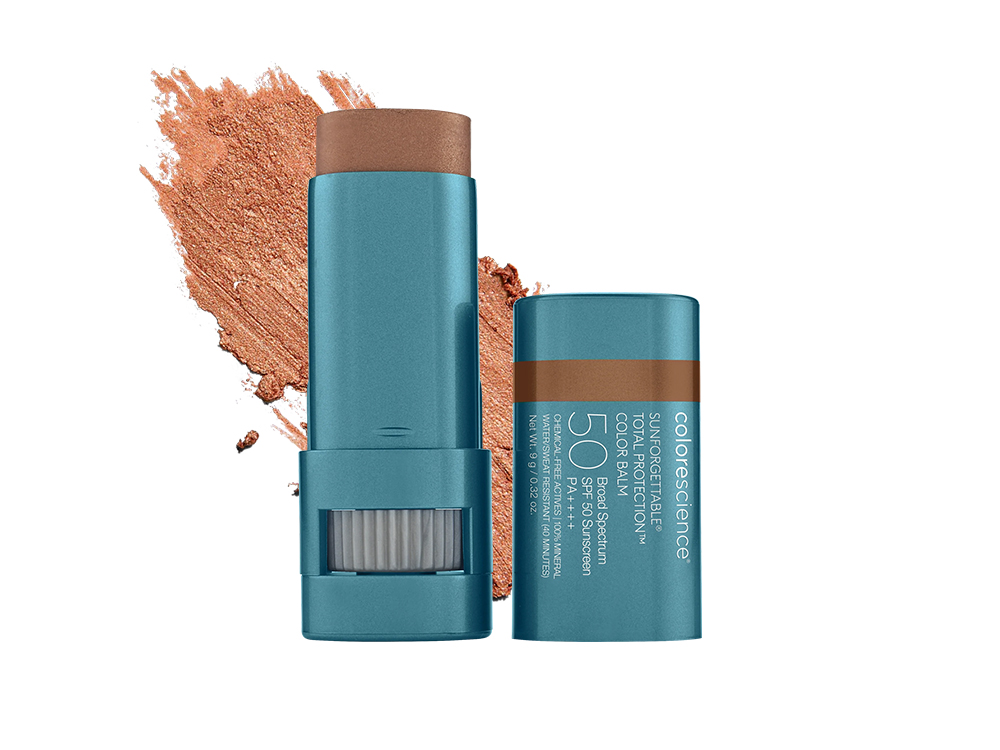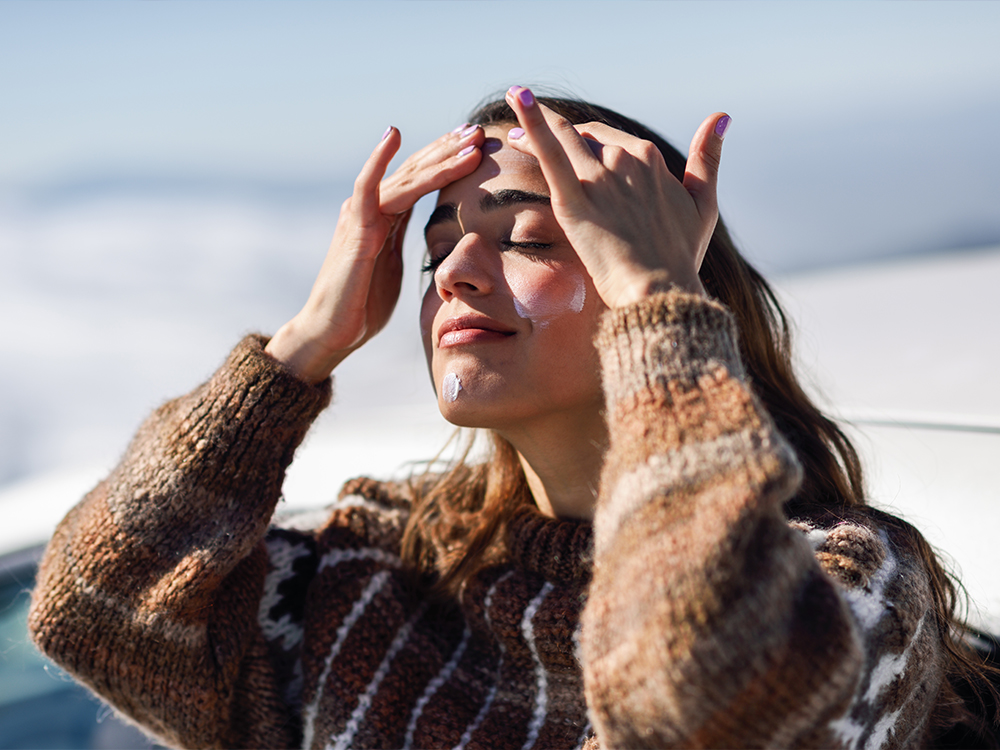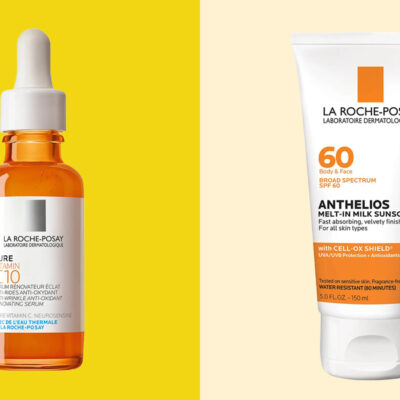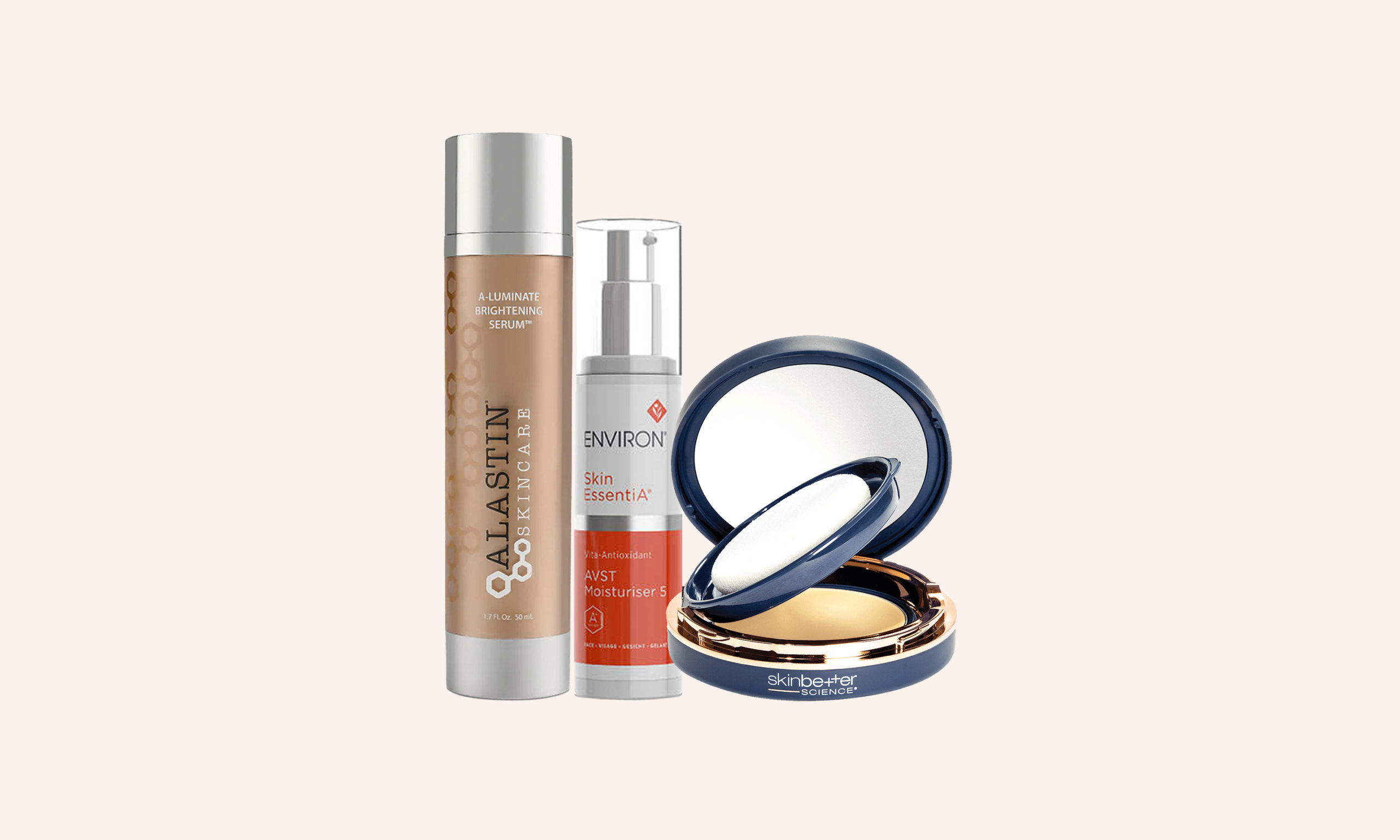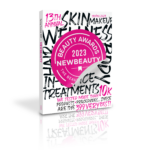Dina El-Sherif, Trufacial founder and CEO, had a bit of a “gee whiz” moment during COVID. What if consumers could have access to a state-of-the-art-and-science skin-care device—one that combines microdermabrasion, massage and microneedling—all in the comfort of their own homes?
Enter Trufacial, the first and only patented at-home skin-perfecting device that El-Sherif—she’s not only an engineer by trade, but also has 20-plus years in medical aesthetics—and her father, Dr. Mahmoud El-Sherif, an expert in the field of microelectronics, fiber optics, materials and biomedical engineering, have put a lot of blood, sweat and tears into creating, fine-tuning and perfecting.
The daughter-dad duo aren’t the only two who think there’s a space for it: Following a successful preview at the recent American Academy of Dermatology (AAD) meeting, the device won the “2024 People’s Choice Award” at Octane’s Aesthetic Tech Forum, all while having a long list of plastic surgeons and dermatologists giving it kudos. And now, consumers are getting in on the benefits.
How Does Trufacial Work?
Looking like a chic blow-dryer, the ergonomic hand-held Trufacial device includes cosmetic-dermatology technologies and three interchangeable treatment tips (that’s the microdermabrasion, massage and microneedlng). That trio then works in synergy with the brand’s proprietary serum collection. Clinically formulated, the peptide-fueled “pod” serums pop-on to the device (there’s even an easy-to-use cleaning mechanism) and are fully customized to individual needs, with the ability to tackle acne, aging, sunspots, dry skin, and more.
While that sounds like a ton of hard-hitting science (and it is), El-Sherif is also fully committed to delivering a spa-like experience. “Trufacial is dedicated to reigniting self-love by helping people rediscover the health and beauty of their skin,” she says.
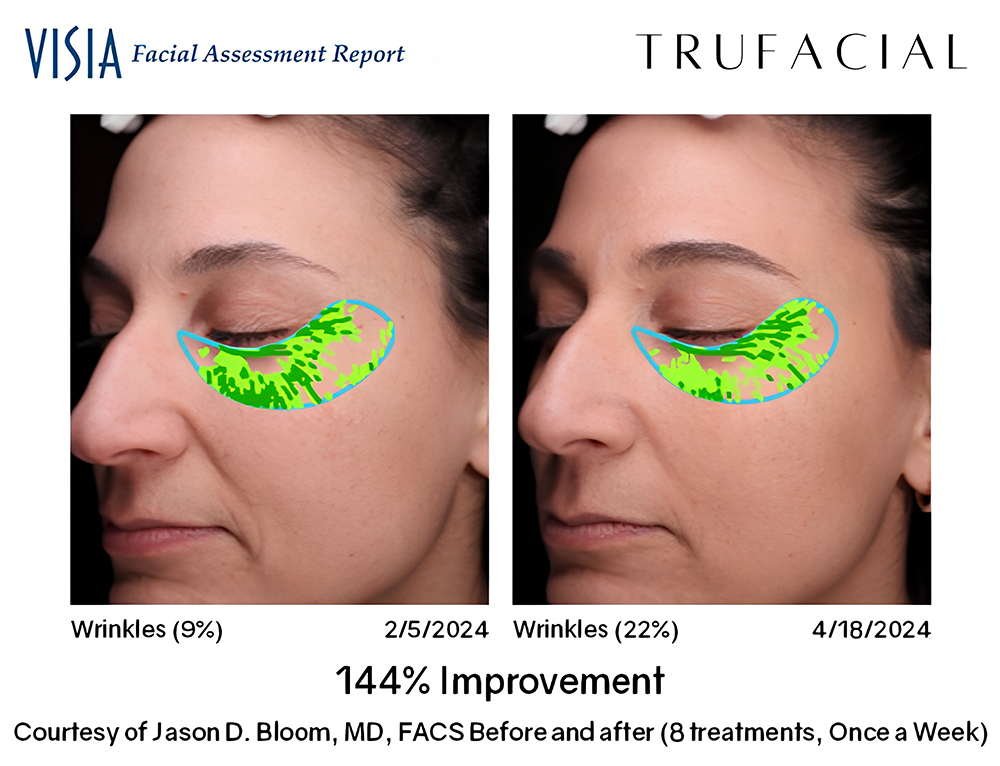

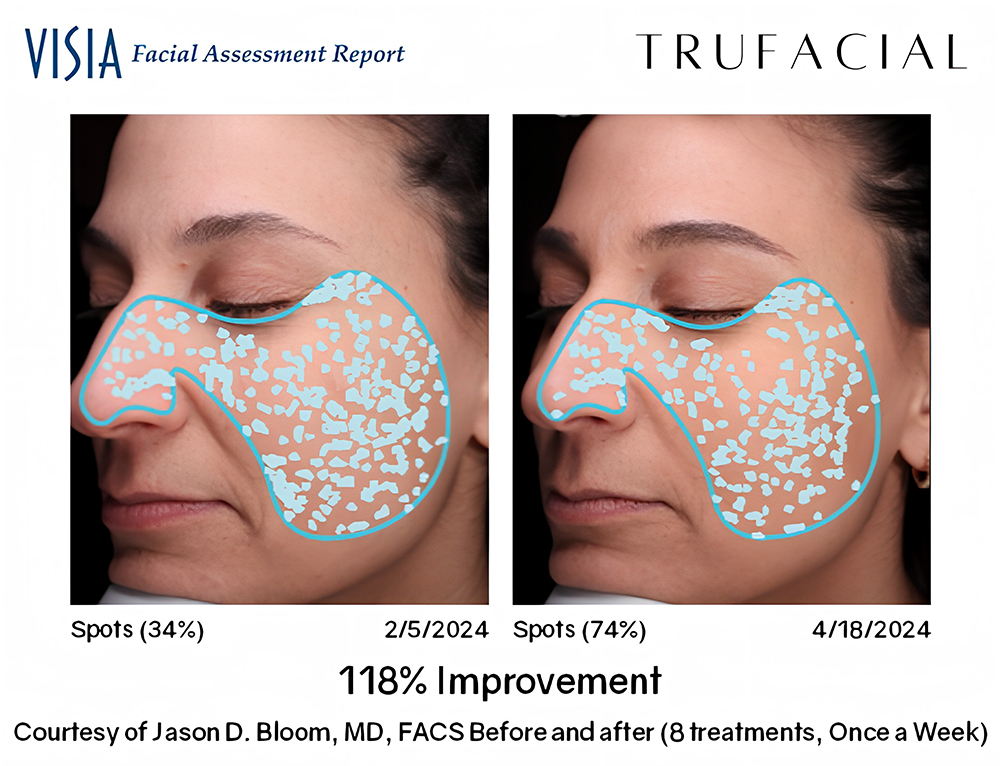
How Long Does the Trufacial Take?
A full-face Trufacial treatment typically takes around 10 minutes, which includes setup time, changing of tips and pods and device cleaning. While there are a few moving parts, you pretty much feel like a pro after one go and the site has easy-to-follow tutorials. The treatment time may extend if you are addressing multiple areas, such as the neck, chest, hands or any other targeted regions.
Does the Trufacial Have Any Downtime?
Given its non-invasive nature, you can pretty much return to your everyday routine post-treatment. (I have incredibly sensitive skin, and it actually seemed to decrease my redness right after I wrapped.) However, El-Sherif does advise refraining from applying makeup and exposing your skin to direct sunlight for a few hours after the treatment. And, for optimal results, she recommends doing the Trufacial routine at night.
